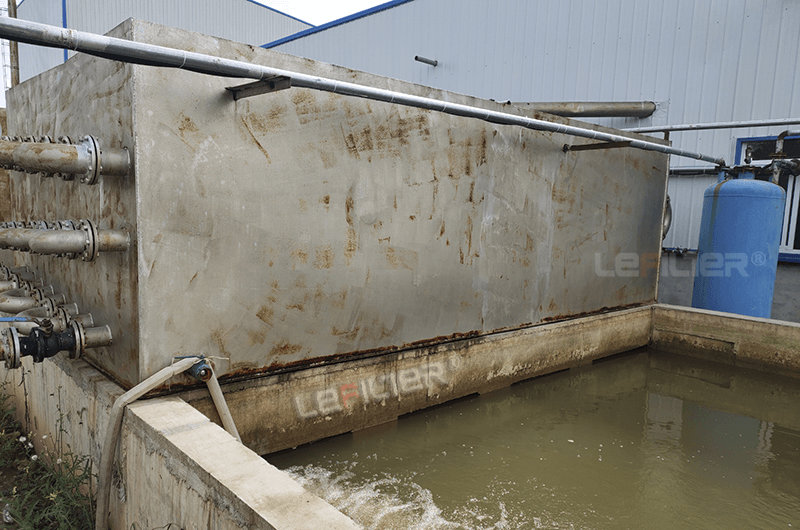Introduction to Oil Gas Condensation Separation Process for pyrolysis plant
The waste tires entering the thermal cracking furnace are in a micro negative pressure state, where the three-dimensional network structure and macromolecular rubber are cracked into small molecular weight low hydrocarbon molecules, forming oil and gas. The cracking combustion furnace initially uses natural gas or light diesel as fuel, and switches to cracking gas for heating after stable production of cracking gas.
Fuel gas separation
This part of the oil and gas first enters the gas distribution bag and the settling tank above the gas distribution bag with the airflow, and is separated by rotary centrifugation to remove small dust in the oil and gas. At the same time, due to gravity, the heavier residual oil in the oil and gas enters the residual oil tank below the gas distribution bag with gravity, and is then pumped into the cracking furnace through a pipeline for re cracking. After removing the residual oil and small dust, the oil and gas are transported to the condensation system through pipelines, The cooling system adopts a coil type condensation system (with circulating cooling water as the cooling medium), where most of the oil and gas are cooled, and a small portion of the oil and gas are transported to the condensation system through recovery pipelines for further condensation. Finally, the non condensable C1~C4 gas, which cannot be condensed, exists in the form of gas. The non condensable gas is mainly composed of methane, and the buffer tank is evacuated by a W-type water jet vacuum pump. Under the action of the vacuum pump, the non condensable gas enters the buffer tank through the condensation device, The vacuum pump enters the non condensable alkali liquid water sealing tank, passes through a flame retardant, and then goes to the furnace combustion chamber for combustion. The W-type water jet vacuum pump can reduce the pressure inside the cracking furnace to a micro negative pressure state (-0.03~-0.04MPa). The residual exhaust gas after condensation is mainly low-carbon hydrocarbon combustible gas. The exhaust gas is sent to the combustion chamber of the cracking furnace as fuel through two safety devices, water seal and flashback stopper, and is fully burned at the bottom of the furnace to provide the required energy for the cracking furnace.
 Condensation system of cracking equipment
Condensation system of cracking equipment
Fuel oil separation
After the cracking gas is condensed, most of the oil and gas are cooled and exist in liquid form. The condensed liquid is an oil-water mixture that enters the oil-water separation equipment and produces cracking oil and oil-water mixture through oil-water separation. The cracking oil is transported to the oil tank for storage through pipelines, and the oil-water mixture is collected through pipelines and atomized and sprayed into the combustion chamber of the cracking furnace.
 Mobile/Wechat/Whatsapp:+86-13523737997
Mobile/Wechat/Whatsapp:+86-13523737997
 Email:recycling@lefilter.com
Email:recycling@lefilter.com 












